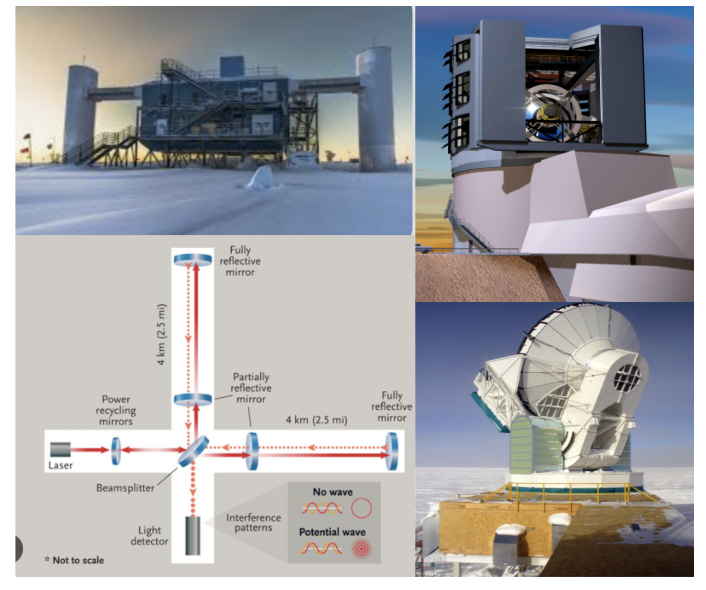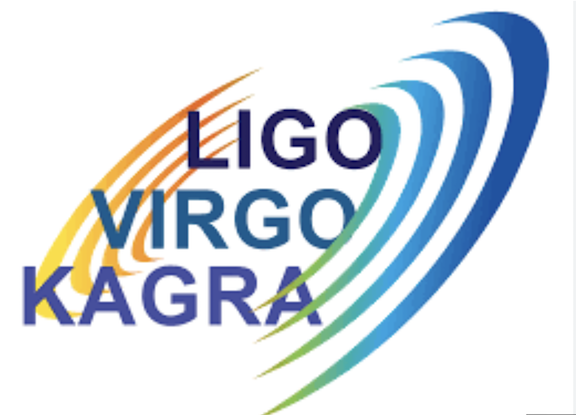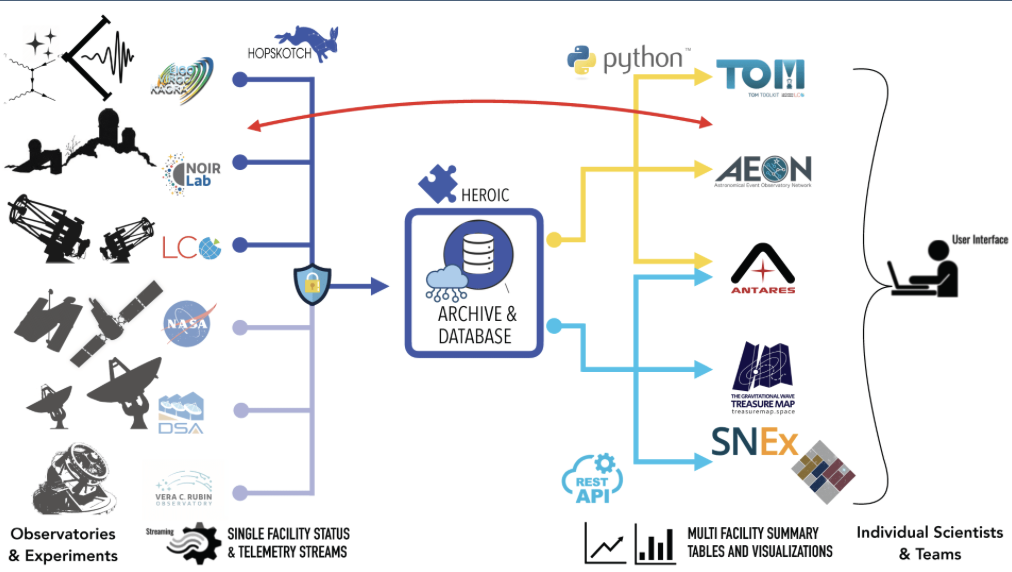SCiMMA
Scalable Cyberinfrastructure to support Multi-Messenger AstrophysicsAbout SCiMMA
The goal of the Scalable Cyberinfrastructure to support Multi-Messenger Astrophysics (SCiMMA) project is to identify needed technical infrastructure through community engagement efforts, and then support these requirements by developing the required cyberinfrastructure and software systems. SCiMMA development projects draw on collaborations among astronomers, computer scientists, and data scientists.
Multi-Messenger Astrophysics (MMA) signals are often transient, originating from distinct celestial events, making a rapid response to an MMA event a key capability, The response may include a fast analysis by a distributed science group; assembly of historical observations; determining the instruments available for new, prompt follow-up observations; instantating the observations; and resolving conflicting requirements for similar observations from multiple science groups.
SCiMMA is working to provide interoperating cyberinfrastructure to rapidly coordinate, combine, and analyze the large-scale distributed data from all these sources. The infrastructure must accomodate public communications (of interest to the community) and protected internal communications (to support work internal to a collaboration).
The collection of SCiMMA services increasingly statisfy the community's needs for Cyberinfrastructure. The OpenMMA forum provides an addition venue to assess progress and needs.

Where to Start
A group of practicing scientists, interested in receiving alerts, scheduling follow-ups, follow up data, and messaging in real time, might first look at the quick start with HERMES . HERMES has an intuitive browser interface and integration to other tools, such as the treasure map. An API is available for advanced usage.A facility or group interested in automated operations, and communications using an open or private publish - subscribe capability, might quickstart with HOPSKOTCH . Usage examples include getting SLACK messages when an interesting alert is recieved, and automated publishing of alerts. Messages can have an arbitrary format, including binary, AVRO, VoEvent and JSON. Large messages, such as spectra are allowed. Some programming required.
Blast is a web app for the automatic real-time characterization of transient host galaxies, currently in Beta, and developed by the UCSC transient team .

Open MMA
OpenMMA is a community forum for discussion of multi-messenger astrophysics(MMA). Topics include latest scientific results, the status of the ongoing and upcoming observatories and experiments (including the LIGO-VIRGO-Kagra (LVK) Gravitational Wave network, IceCube, SNEWS, AMON, ground-based observatories, spacecraft etc), the infrastructure to connect these facilities, and any other issues pertinent to the detection and characterization of MMA sources. OpenMMA replaces and broadens the scope of the OpenLVEM forum.
LVK04
The LVK Run O4 is live. You can access alerts and followup actions in a number of ways using SCiMMA. Hermes provides easy to use web-and-api-based interfaces to a rich service infrastructure supporting follow-up observations. The Hopskotch publish/subscribe system provides access to LVK (topic igwn.gwalert) and GCN (topics gcn.notice, gcn.circular) alerts via command line and API access. if you wish, you can add to the community by publishing your own public or private messages by applying for a Hopskotch group of your own. You can get SLACK messages about alerts by adapting the slackbot message sender package.
HEROIC
The Hop-Enabled Real-time Observatory Information and Coordination (HEROIC) is a new SCiMMA-led project to help coordinate Target of Opportunity observations between different groups. HEROIC's core features include:* Display the status (current and planned) of major national facilities for follow-up in one place, both current and planned.
* Quickly filter to facilities of interest/to which user has access.
*Connect to Target and Observation Manager (TOM) Toolkit to make it simple to submit observing requests.
The HEROIC project is a collaboration between researchers and programmers at the University of Illinois, Urbana-Champaign, NSF's NOIRLab and the Las Cumbres Observatory. A prototype interface will be available in 2025